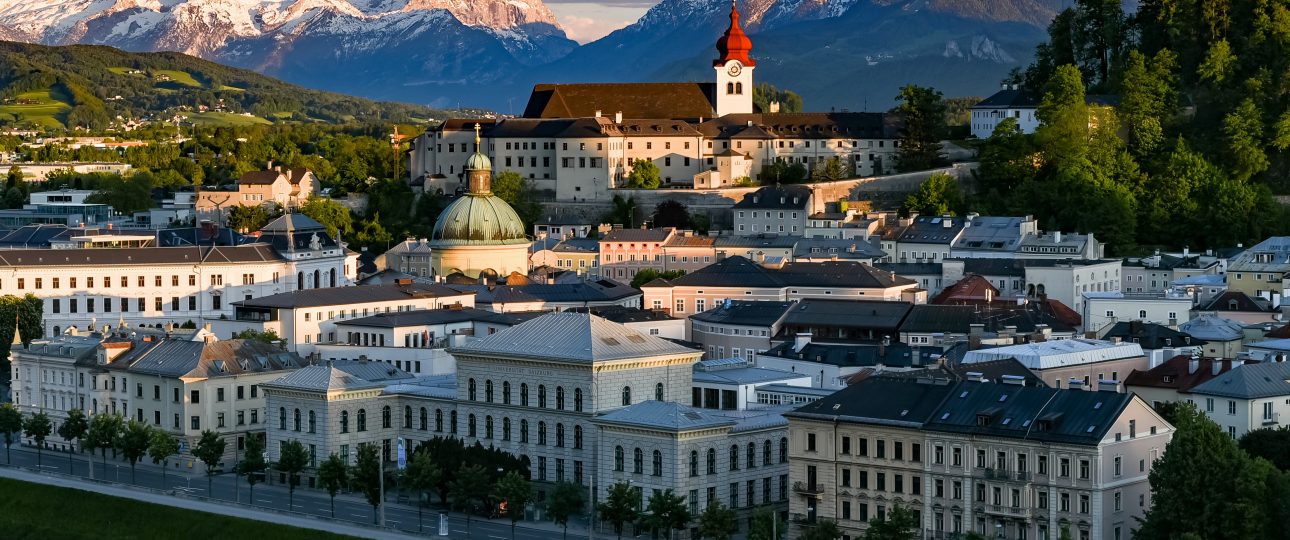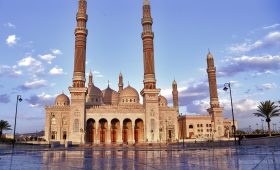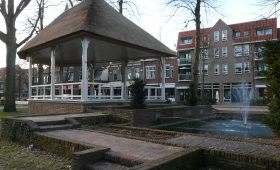Exploring Salzburg, Austria
History and Culture
Salzburg, Austria, is a city rich in history, with roots stretching back to the Neolithic Age. It became a significant Roman municipium in 45 CE, known as Municipium Claudium Iuvavum. The city as we know it began to take shape in the 8th century when Saint Rupert of Salzburg revitalized the area, establishing a church and monastery. Salzburg has been a diocesan bishop’s seat since 739 CE and an archbishopric since 798 CE.
Salzburg’s historical tapestry includes its time as a prince-bishopric of the Holy Roman Empire, gaining independence from Bavaria in the late 14th century. The city’s architectural landscape was significantly influenced by Italian architects during the 17th century, resulting in the Baroque style that defines much of its old town today.
Wolfgang Amadeus Mozart, born here in 1756, remains one of Salzburg’s most celebrated figures. His presence is felt throughout the city, from the Mozart Wohnhaus museum to the annual Salzburg Festival, which draws music lovers from around the globe.
Natural Beauty
Salzburg is framed by the Eastern Alps and the Salzach River, offering stunning natural vistas. The Untersberg mountain is a favorite for hikers, providing trails that showcase the region’s breathtaking landscapes. Within the city, the Mirabell Gardens offer a serene escape with their meticulously arranged flowerbeds, statues, and fountains. The gardens are also home to the Pegasus Fountain and are a short distance from the Hellbrunn Palace, known for its trick fountains and beautiful grounds.
Architectural Marvels
Salzburg’s old town, or Altstadt, is a UNESCO World Heritage Site, celebrated for its Baroque architecture. The Hohensalzburg Fortress, perched on a hill, is one of the largest medieval castles in Europe and offers panoramic views of the city. Originally built in 1077, it stands as a testament to Salzburg’s strategic importance and historical resilience.
The Salzburg Cathedral is another architectural highlight. Its grand Baroque facade and intricate interior are awe-inspiring. Climbing the cathedral’s towers rewards visitors with sweeping views of the cityscape.
Local Cuisine
Salzburg’s culinary scene is a delight for food enthusiasts. The city is known for its traditional Austrian dishes. Indulge in a slice of Sachertorte, a rich chocolate cake layered with apricot jam, or savor a Wiener Schnitzel, a breaded and fried veal cutlet. Pair these with a pint of Stiegl, a local beer, and a side of Spaetzle, a soft egg noodle dish that complements the hearty flavors of Austrian cuisine.
Best Time to Visit
Salzburg is a year-round destination, but the best time to visit depends on your preferences. Summer, from June to August, offers pleasant weather and a vibrant cultural scene, though it is also the busiest time. For a quieter experience, consider visiting in spring (April to May) or fall (September to October), when the weather is mild and the crowds are thinner.
How to Get There and Local Transportation
Salzburg is easily accessible, with its own international airport, Salzburg Airport W. A. Mozart, offering connections to major European cities. From the airport, taxis and public transportation provide convenient access to the city center.
Once in Salzburg, the city’s efficient public transport system, including buses and trams, makes getting around straightforward. Consider purchasing a Salzburg Card for unlimited public transportation and free admission to many attractions, maximizing your exploration of this historic city.




